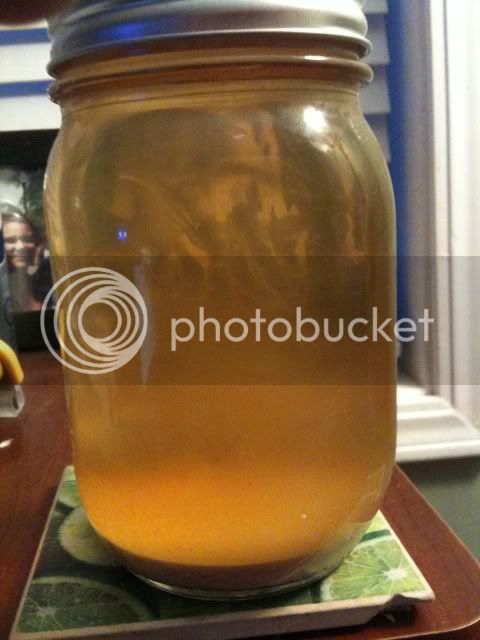duffman2
Well-Known Member
2 questions for everyone. Once again, I've read most of this thread a ways back, but since it has grown with popularity to being a giant thread now it's hard to reread the whole thing for my questions.
So, how long should we wait after washing to make a starter? Does it have to be a full week, or just when it seems everything has settled?
And, if I repitched a pack of dry yeast (Safale 05) onto one of my whitelabs london yeasts for more attenuation, can this yeast be washed and reused? Or will it be a monster yeast creation that should be taken out to some old swamp and drowned so it can never come back again?
Thanks
So, how long should we wait after washing to make a starter? Does it have to be a full week, or just when it seems everything has settled?
And, if I repitched a pack of dry yeast (Safale 05) onto one of my whitelabs london yeasts for more attenuation, can this yeast be washed and reused? Or will it be a monster yeast creation that should be taken out to some old swamp and drowned so it can never come back again?
Thanks







